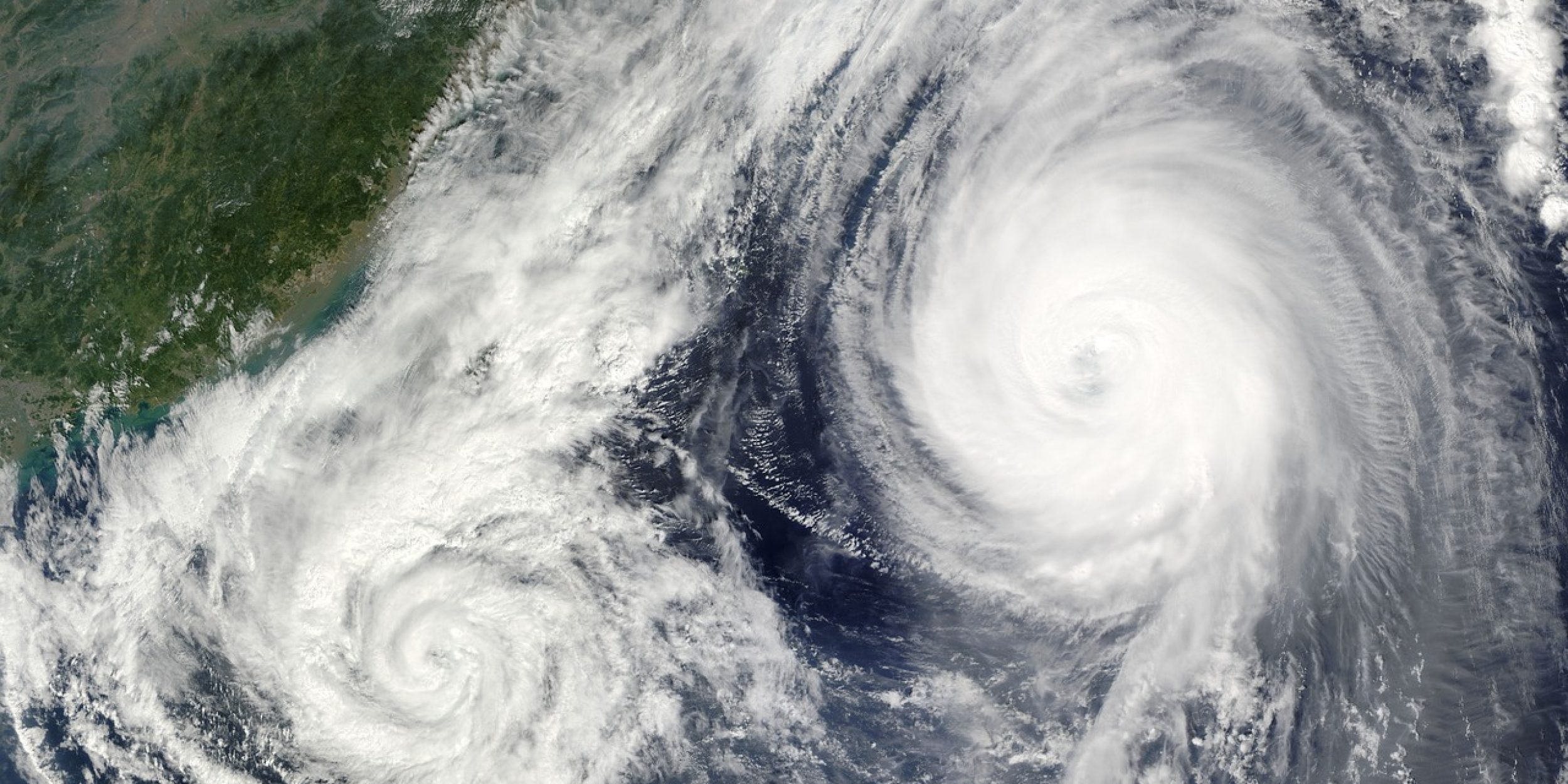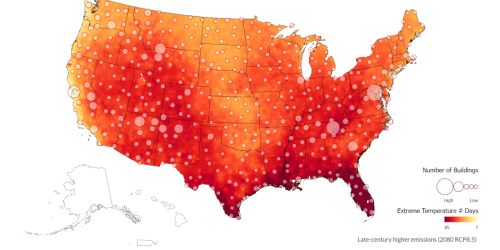A new publication in Nature Communications received support from both the Climate Variability & Predictability (CVP) and Modeling, Analysis, Predictions and Projections (MAPP) Programs within the Climate Program Office. An international group of researchers, including CPO-funded scientist Daehyun Kim from the University of Washington, investigated tropical weather and climate relationships to improve their representation in global climate models. CVP supported this project with two different grants focused on improving precipitation in models and enhancing our understanding of climate variability in the tropics, while MAPP funded this project to pursue a process-oriented analysis to improve models.
The Madden-Julian Oscillation (MJO) is an eastward moving “pulse” of clouds and rain patterns around the equator in the closest layer of the atmosphere to Earth’s surface, where our weather occurs. The MJO exerts an important influence on tropical cyclones, summer monsoons, arctic sea ice, and other phenomena that impact communities across the world as well as global climate. It has long been understood that the MJO is closely linked to another pattern of variability in the tropics, the Quasi-Biennial Oscillation (QBO), but the mechanism that connects them is not clear. The QBO is a regular variation of winds that blow around the equator region in the stratosphere, changing directions about every 14 months. Understanding the link between these two patterns is critical to building accurate global climate models and projections for high-impact tropical weather events. The researchers used satellite observations of clouds and a reanalysis modeling method to examine the intricate weather patterns from June 2000 onwards, developing a clearer picture of how the QBO and MJO are linked spatially in the atmosphere and throughout different seasons. Some specific findings show that the QBO dictates the extent to which convection occurs in the MJO, and wintertime QBO patterns cause enhanced cloud-radiative feedback in the MJO, promoting warming in the atmosphere. These observational results provide a tool for other scientists to evaluate and tune climate models, improving the accuracy of tropical climate dynamics.










